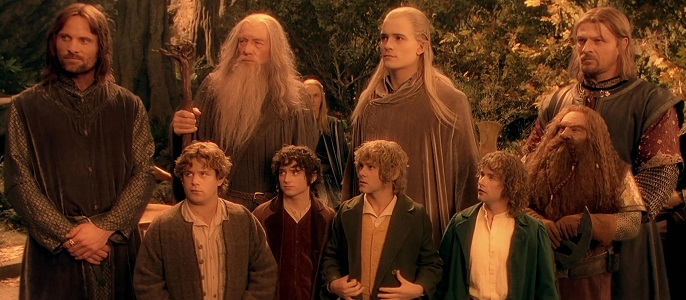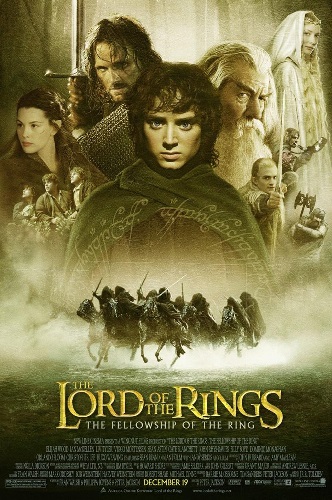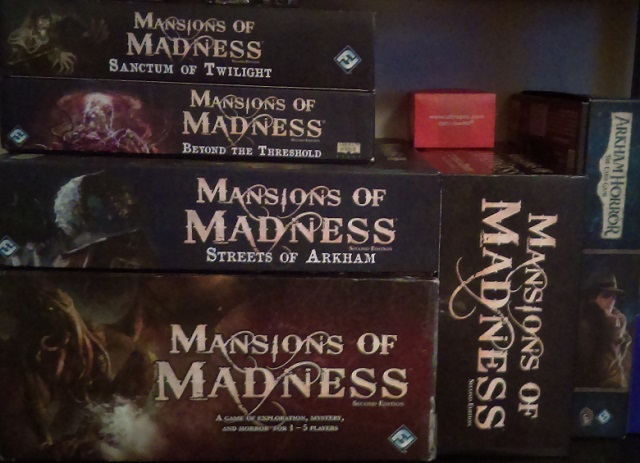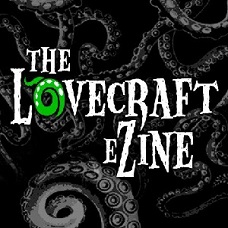
On December 19th, 2001, I attended a screening of The Lord of the Rings: The Fellowship of the Ring with my mother and her friend, Pasquale. My mom occasionally read me Tolkien at bedtime, and she’d showed me the Rankin/Bass version of The Hobbit, which I loved, a few years before. My favorite character was already Strider because I loved him in the books (I now have a cat named after him). I remember being excited for the release of the film, and my father had already bought me the first action figure I found from the movie, a Legolas that sits on a shelf behind me as I write this. Despite my anticipation, there’s no way I could’ve known how profoundly The Fellowship of the Ring would shape my life.
To understand Fellowship’s influence on me, you’d have to start by recalling the days following 9-11. While I didn’t lose anyone, I was at an age where the events of 9-11 profoundly impacted me. The year before, I’d started to mature rapidly due to the passing of my grandmother, and 9-11 only increased my explosion toward adulthood. Over the course of two years, I discovered anyone in my family could be gone at any given second, and my country could be attacked at random by terrorists. Nightly news coverage and chatter kept 9-11 at the forefront of my mind. Making things worse, New York was only about a two-hour drive from my hometown, and I’d been there several times with my dad. This wasn’t a tragedy in a far-off land. This was next door. Suffice it to say, I was living in a world of fear. Thankfully, the Fellowship of the Ring allowed me to escape all that for three hours.
As a quick aside related to 9-11, while sitting in the theater waiting for The Fellowship of the Ring to start, I got my first full glimpse at Sam Raimi’s Spider-Man. The previous summer, I’d tried to watch the teaser trailer online, but I couldn’t get it to completely download over dialup. The trailer I’d been unable to view had been one in which Spider-Man captured a criminal’s helicopter in a web between the twin towers. Raimi recut the film to edit out the twin towers. This holiday season sees the return of the first big screen Spider-Man villain, Willem Dafoe’s Green Goblin, in Spider-Man: No Way Home. Dafoe’s Goblin returns to theaters almost twenty years to the day from his first appearance as the character. It’s fascinating how many things come full circle.

But I digress. This essay is about The Fellowship of the Ring. I remember being enthralled with the film from Galadriel’s opening words, and, because I was a huge fan of the Rankin/Bass version of The Hobbit, I geeked out over the brief shot of Bilbo in Gollum’s cave during the film’s introduction. To this day, I’ve never felt as fully transported to another world as I did during that viewing of The Fellowship of the Ring. It was a magical experience where I felt like I entered Middle-earth and journeyed alongside the nine companions. The Fellowship of the Ring fundamentally impacted my trajectory as a person. I went home so excited about the Lord of the Rings that I almost immediately dove into The Two Towers. I had to know what came next. After that, I finished The Return of the King. Ironically, it was a movie that truly started my love of reading.
That wasn’t the only impact The Fellowship of the Ring had on me though. I became obsessed with storytelling. Soon, I was creating my own fictional worlds. At first, my invented realms closely mirrored Middle-earth, but as time went on my work matured. Eventually, my Tolkien obsession led me to writing an unpublished fantasy novel, The Swords of Fellowship, while earning my Master of Fine Arts in Writing Popular Fiction from Seton Hill University. The Swords of Fellowship was directly inspired by The Lord of the Rings, and it was my attempt to put my own spin on Tolkien’s ideas.
In the years since that first viewing of The Fellowship of the Ring, I’ve returned to the film regularly, albeit in a slightly different form. I received The Fellowship of the Ring Extended Edition DVDs for Christmas in 2002, and I’m certain I’ve watched those disks more than any other DVDs I’ve ever owned. At this point, I’m sure I could recite every line by heart while watching along. The film never ceases to evoke tears from me when Boromir redeems himself by fighting to protect Merry and Pippin, and when Sam rushes into the water after Frodo. And my pulse always pounds faster as Aragorn, Legolas, and Gimli charge off to hunt orcs at the end. Truthfully, I enjoy every moment of this film, and it always allows me to escape whatever issues or troubles I’m having, just like when I first watched it.

This reflection has already gone on longer than I intended, but if you’ve read this far, I hope you’ll indulge a few more of my thoughts on this movie’s impact. My best friends in life all feel the same way about this movie as I do. In fact, three of us decided to get the elvish word for friend tattooed on our arms. I’d wager that most kids near my age feel the same way about The Fellowship of the Ring. It came along at a perfect time to help us escape the horrors of 9-11 and showed us a world where good hobbits triumphed over dark lords. So, cheers to The Fellowship of the Ring on twenty years of being a perfect fantasy film. As the hobbits say, “may the hair on your feet never fall out.”





 The first time I got really “into” board games was in 2003. I received
The first time I got really “into” board games was in 2003. I received 




